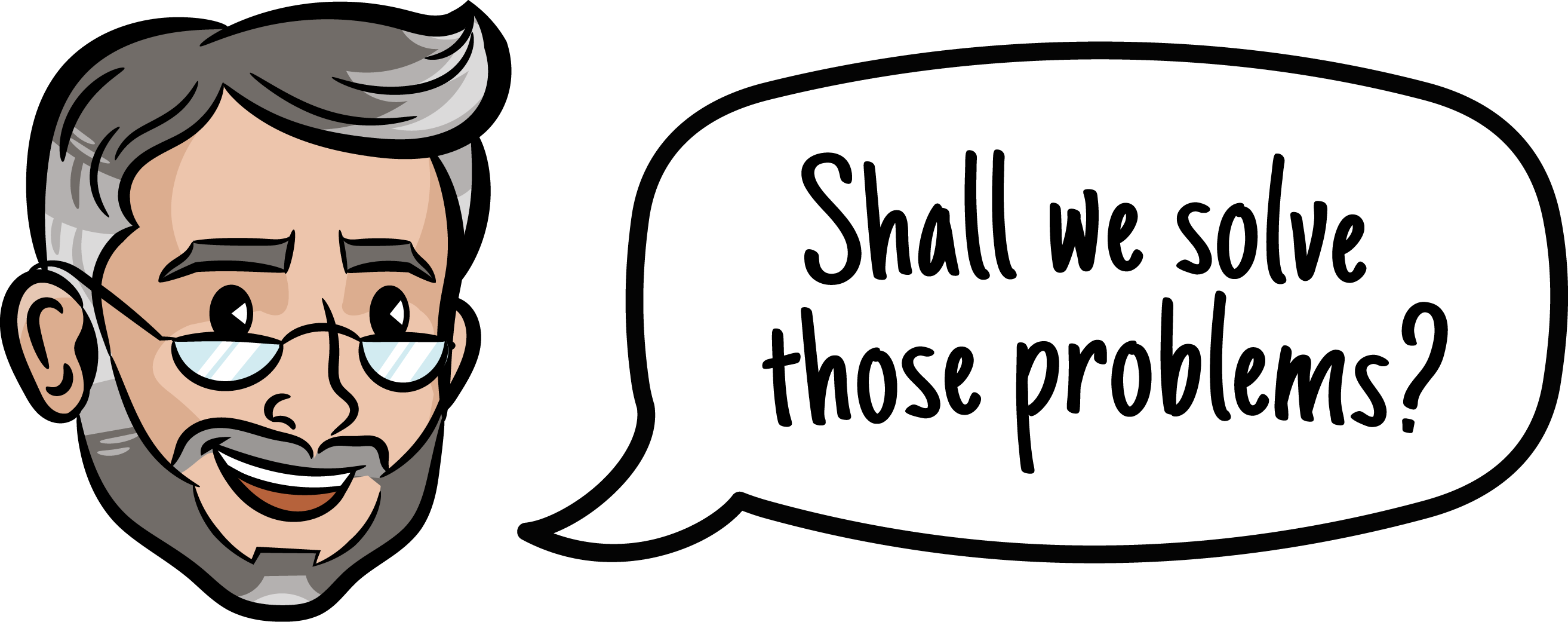Building a digital marketing sales funnel is essential for turning prospects into customers and optimizing the buyer’s journey. A well-structured funnel helps guide leads from awareness to purchase by offering tailored content and engagement at every stage. Crafting a powerful funnel involves understanding its components, stages, and optimization techniques.
This guide will walk you through the process of creating an effective digital marketing sales funnel and provide strategies for driving conversions and maximizing ROI. Get your sales funnel bottlenecks defined and action items documented by the Sales Funnel Professor with your own funnel audit.
A Guide to Building an Effective Digital Marketing Sales Funnel
Creating a successful digital marketing sales funnel requires more than just a series of steps. It’s about understanding your audience, delivering the right content at each stage, and using the right tools to streamline the process.
The goal of any funnel is to guide prospects through a structured journey—from first discovering your brand to making a purchase. However, the process isn’t always linear. Prospects may jump between stages or require multiple touchpoints before converting. This is why building a funnel with flexibility and personalized touchpoints is critical.
Start by mapping out the buyer’s journey. What challenges are your prospects facing? How does your product or service solve these issues? Once you understand this, you can begin crafting content and offers that speak directly to their needs at every funnel stage.
Key steps include:
- Attracting leads: Use content marketing, SEO, and social media to generate traffic and awareness.
- Engaging leads: Nurture your audience with valuable content that educates and builds trust.
- Converting leads: Offer demos, trials, or special discounts to move prospects toward a decision. For businesses using a PLG (PLG Meaning) strategy, this stage is especially critical, as hands-on product experiences like free trials or freemium tiers play a central role in driving user adoption and conversions.
- Retaining customers: Focus on customer satisfaction to increase lifetime value and repeat purchases.
Each of these steps requires specific actions and optimizations to ensure that prospects continue moving through the funnel efficiently.
Essential Components of a Digital Marketing Funnel
Every effective digital marketing sales funnel is built around essential components that work together to move prospects down the funnel. These components include:
Traffic Generation: This is the top of the funnel where you focus on attracting visitors to your website or landing pages. SEO, paid ads, content marketing, keyword types and social media campaigns are crucial here.
Lead Capture: Once visitors are on your site, you need to capture their contact information. Offer lead magnets, such as eBooks, whitepapers, or webinars, in exchange for their email addresses.
Lead Nurturing: Not all leads are ready to buy immediately, so it’s important to nurture them through personalized email campaigns, retargeting ads, and valuable content. This helps build trust and keeps your brand top of mind as they move closer to making a decision.
Conversion: The ultimate goal is to convert leads into paying customers. Conversion-focused landing pages, product demos, free trials, and clear calls to action (CTAs) are key to driving this process.
Retention: After the sale, the funnel doesn’t end. Post-purchase engagement, customer support, and loyalty programs ensure long-term satisfaction and retention, leading to repeat business.
Each of these components needs to be optimized and aligned with your overall marketing goals. Ensuring a smooth transition from one component to the next helps create a seamless buyer’s journey. Having trouble with your sales funnel? why not make use of sales funnel expert to fix your funnel.
Understanding the Key Stages of a Digital Marketing Funnel
A well-structured digital marketing sales funnel is divided into several stages. Each stage serves a different purpose and requires specific tactics to engage prospects effectively. Here’s a breakdown of the key stages:
Awareness Stage
At the top of the funnel, your goal is to attract as many relevant leads as possible. This stage is all about visibility and generating awareness. At this point, prospects may not be aware of your brand or solution, so your content should focus on educating them about the challenges they face and potential solutions.
Popular strategies include content marketing (blog posts, videos), SEO, and social media outreach, use our Keyword Multiplier to get started with SEO. The idea is to provide valuable, informative content that draws people in and piques their interest.
Interest Stage
Once leads are aware of your brand, they move into the interest stage. Here, they begin engaging more deeply with your content, exploring how your product or service could benefit them. Content in this stage should be more targeted, focusing on the specific problems your solution addresses.
You can engage prospects through webinars, eBooks, case studies, and whitepapers that offer deeper insights into your offerings. You may also capture leads at this stage through forms on landing pages that offer these valuable resources in exchange for contact information.
Consideration Stage
In the consideration stage, prospects are evaluating their options. They are actively comparing your solution with competitors to determine which one offers the best fit for their needs. This is where your messaging needs to emphasize your unique selling proposition (USP) and the specific value your solution provides.
Product demos, free trials, and detailed comparison guides work well in this stage. You want to help leads feel confident that your offering is the best solution for their problem.
Decision Stage
At the bottom of the funnel, prospects are ready to make a purchase decision. Your focus should be on making the process as easy as possible. Clear calls to action, transparent pricing, and streamlined checkout processes help facilitate the final conversion.
Offering personalized consultations, limited-time discounts, or exclusive offers can also help encourage hesitant leads to take the final step.
Retention Stage
Once a sale is made, the funnel continues with post-purchase engagement. It’s important to provide excellent customer support and continue offering value to encourage repeat purchases. Loyalty programs, special discounts for returning customers, and regular communication help keep customers engaged long-term.
Tools and Software for Building Digital Funnels
Building an effective digital marketing sales funnel requires the right tools and software to manage and optimize every stage. Some of the most useful tools include:
Customer Relationship Management (CRM) Systems: Tools like HubSpot, Salesforce, or Zoho CRM allow you to manage leads, track customer interactions, and automate follow-ups. CRM systems are crucial for keeping leads organized and ensuring consistent engagement as they move through the funnel.
Marketing Automation Platforms: Tools like Mailchimp, Marketo, or ActiveCampaign help automate lead nurturing and email marketing. These platforms allow you to set up automated workflows that send personalized emails based on a lead’s behavior and engagement.
Landing Page Builders: Tools like Unbounce, Leadpages, or Instapage make it easy to create high-converting landing pages that capture leads and drive conversions. These platforms offer templates and drag-and-drop features for creating optimized pages quickly.
Analytics Tools: Google Analytics, SEMrush, and Hot Jar help track user behavior, measure funnel performance, and identify bottlenecks. These tools provide the insights needed to make data-driven decisions and optimize the funnel.
Conversion Rate Optimization (CRO) Tools: Platforms like Optimizely and VWO allow you to A/B test landing pages, CTAs, and other key elements. CRO tools help you experiment and refine your funnel for better performance.
These tools work together to streamline the funnel-building process, helping you manage leads, optimize conversion rates, and measure overall performance.
Strategies for Optimizing Funnel Performance
Creating a digital marketing sales funnel is just the first step. To ensure your funnel performs at its best, you’ll need to continuously optimize it. Here are some proven strategies for improving funnel performance:
A/B Testing: Regularly test different versions of landing pages, CTAs, email subject lines, and content to see which performs better. Small changes can lead to significant improvements in conversion rates.
Personalization: Use data to personalize content and offers for each lead. Personalized emails, product recommendations, and targeted ads can significantly boost engagement and conversions.
Lead Scoring: Assign scores to leads based on their actions, such as downloading a whitepaper or attending a webinar. This helps you prioritize high-quality leads and focus your efforts on those most likely to convert.
Content Alignment: Make sure your content is aligned with the buyer’s journey. For example, top-of-funnel content should be educational, while bottom-of-funnel content should focus on driving conversions.
Speed and Responsiveness: Ensure your website and landing pages load quickly, and that your sales team follows up with leads promptly. A slow site or delayed follow-up can cause leads to lose interest.
Conclusion
Crafting a powerful digital marketing sales funnel requires a deep understanding of its components, stages, and optimization techniques. By using the right tools and implementing proven strategies, businesses can create funnels that drive conversions and maximize their marketing ROI.
For those looking to master funnel-building techniques, the Sales Funnel Professor offers a comprehensive Sales Funnel Course. This course provides in-depth training on how each B2B funnel stage works and teaches businesses how to optimize their funnels for maximum returns. Partnering with a sales funnels agency is also another tool available to accelerate your growth by implementing proven strategies.
Another option is to visit our Sales Funnel Marketing Agency and let us show you how to increase the effectiveness of your sales and marketing.
By leveraging the right tools and strategies, businesses can create effective funnels that nurture leads and convert them into loyal customers.


